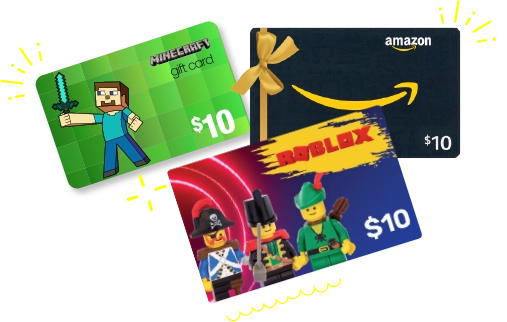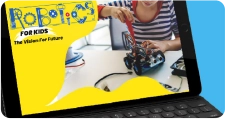
Raising Creators, Not Consumers
We, as parents, are naturally inclined to guide our children and create a nurturing space, where they can grow and explore. We do this in hope that when they grow up, they can give back to society and family as functional and productive members of their community.
Our society has always needed creators to progress and evolve further. Whether it meant inventing electronics, creating apps, or even services, we have always required a steady supply of highly creative and driven individuals who dedicate their skills and time to bring new things to the table, or society at large.
With the rapid growth of technology, especially in areas of automation and AI, creators are going to become the future. We are already moving towards a future where most common mechanical and repetitive jobs will be lost to automation. So how can we prepare our kids to navigate this ever-evolving technology-driven jungle?
In order to raise creators and innovators of tomorrow, we need to first get some facts out of the way. The reality is that we are all geared to become complete consumers. Most of our kids spend the majority of their time consuming both media and products. Kids these days are rarely being encouraged to innovate, aside from compulsory activities and subjects in their curriculum, that make creative endeavors almost a mechanical formality.
Our education systems further dampen the creative impulse by keeping “learning” and “play” as two completely unrelated portions of a kid’s life. Well, learning and play should never be mutually exclusive. The same goes for consuming technology and media, it shouldn’t be just for consuming. We ought to raise creators if they are to adapt and thrive in a world of technology and automation.
A majority of our young kids today will end up working jobs that don’t even exist in today’s world. Such is the uncertainty and swiftness of technology and automation. Even many jobs that exist in today’s app-driven hyper-social world didn’t exist a decade ago. This trend will only continue to grow, and it makes more parental sense to help our youngsters learn to be creators and innovators, rather than simply consume passively. Creating doesn’t just help your kid learn better, it is a huge value addition to their skill-set in today’s world, as you already know media and technology are here to stay.
In fact, a study by an American medical organization in 2015 showed that nearly 97 % of children under the age of 4 have used either mobiles or tablets. What’s even more sobering is the observation that most start using these devices before the age of one!
There are always two sides to every coin. Kids can either become absorbed in technology and media without any productive results or they can use these tools and end up creating something that touches millions of lives.
Learning in classrooms has always been a predominantly passive activity, wherein students simply “receive” the lessons being spoken or displayed. Learning modules that push kids to explore their passions and develop related skill-sets can give kids the power to be imaginative and adventurous creators.
This learning goes beyond the classroom as well. The kind of content our kids consume doesn’t do any good for them if they aren’t being inspired to innovate or explore what they like afterward. The future belongs to creators whether they will be content creators or inventors of apps and gadgets, or new scientific experiments and discoveries, creativity will be more valuable than ever.
This is part of the reason why here in the United States STEM is being carried and encouraged by dedicated and visionary teachers and parents alike. While steps are being taken to make STEM more mainstream in US classrooms, the progress has been a bit slow so far.
STEM isn’t just a matter of bringing the latest technologies to the classroom, it goes beyond that. STEM is meant to introduce an entirely new model of learning. The one that focuses on and rewards experiential learning rather than conceptual rote learning as has been the norm so far.
We need a stronger framework in our country’s education system to make STEM more pervasive. That is the only way it can be scaled in the future. For now, many small start-ups and organizations are trying to bring STEM learning into households with their unique products and services.
With easy access to technology and tools for creation, kids can easily be encouraged to move from being consumers to creators. Kids can make e-books with book creation apps, they can code, they can 3-D print tools and computers, and they can even design and explore digital art.
With this, kids are empowered to explore different ways of expression and take creative risks and thus, creators are born. Technology and media are powerful, but creativity is stronger. Combine all three, and our kids have a recipe for success.










